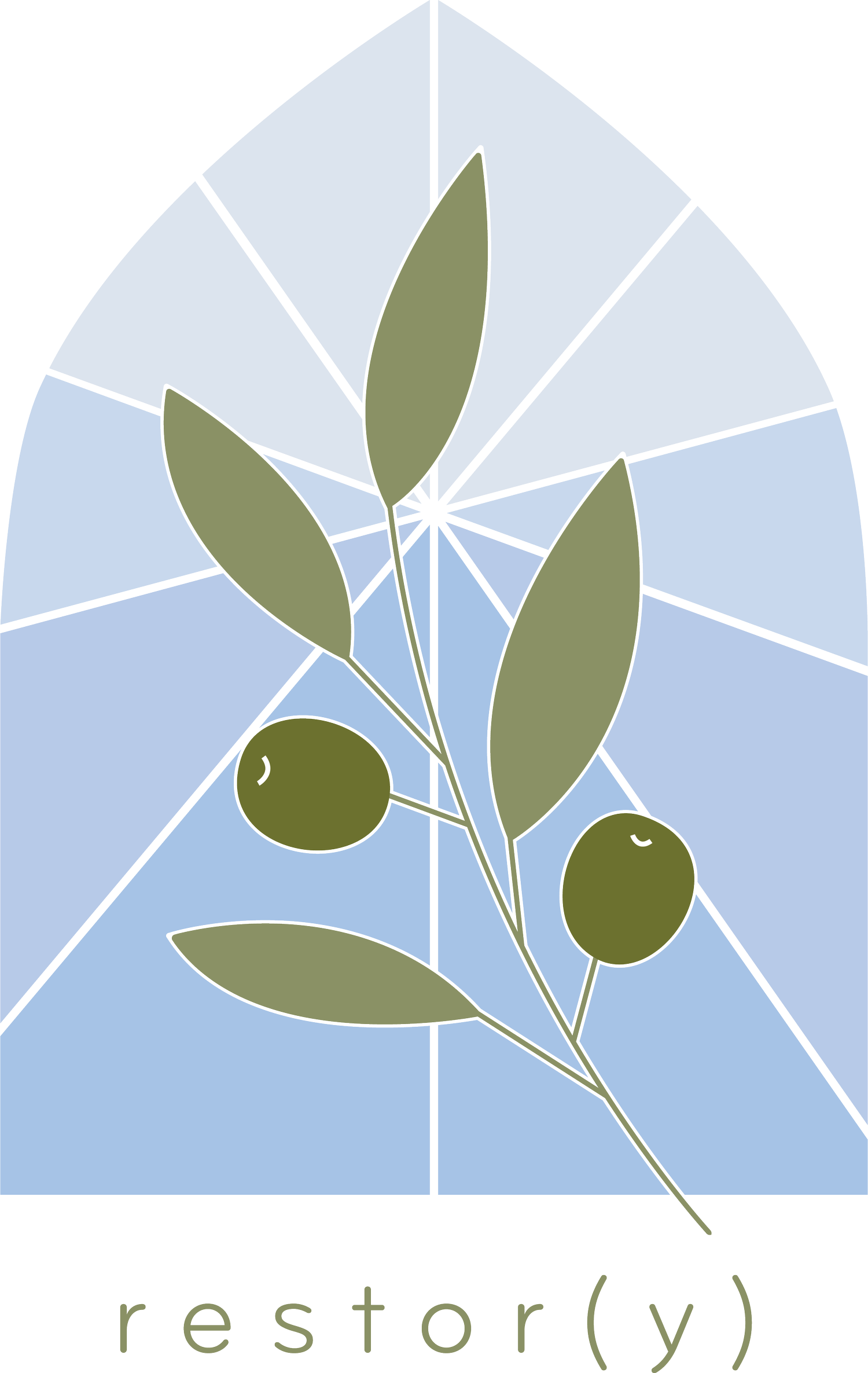A Restorative Advent
I found out I was pregnant with my son the first week of December. That advent season, I found myself contemplating the story of Mary more than before. As a new life grew within me, making his presence known through numerous bouts of morning sickness, I wondered what symptoms reminded Mary the angel’s words were true, that the Son of the Most High God was growing within her. Did she get queasy at the scent of baking bread? Did she find herself struggling to stay awake in the middle of the day? As I began to dream about the little one growing within me, I wondered what dreams Mary held within her. As I found myself battling all the worries and concerns that come with first time motherhood, I thought about Mary and the fears that must have threatened to eclipse her joy. After all, my pregnancy was planned and long awaited, celebrated by all I told. Hers would have been a scandal. My husband celebrated with me, her husband to be was faced with difficult decisions on how to best keep Mary safe and free from shame. Every pregnancy involves waiting with expectation, but the waiting faced by Mary would have included moments of increased risk and enduring the speculation of others. There’s a reason the angel needed to tell Mary not to fear.
Immersing ourselves in the story of Mary reminds us that advent is truly a season of waiting. It is not yet a season of celebration, but a time of preparing, anticipating, and even enduring. When considering ways to create rhythms of restoration for our churches, advent invites us to remember the importance of waiting. When we hold the story of Mary together with research in the field of trauma recovery, we can discover how we might lead our churches through a season of waiting that can bring hope and healing to our congregations and the communities around them.
Peter Levine says the following when discussing trauma,
“Trauma is not what happens to us, but what we hold inside in the absence of an empathetic witness.”
The first act of Mary after the angel leaves her is telling. Luke’s gospel reads, “Then the angel left her. At that time Mary got ready and hurried to a town in the hill country of Judea, where she entered Zechariah’s home and greeted Elizabeth” (Luke 1:38b-40). Mary has just received life altering news. She embraces the news, may even be excited about the news. My guess is her body is filled with every emotion imaginable. Shock, fear, joy, anticipation, trepidation, awe, all cascading through her body. She is in need of a witness, someone who can bear her story. Those who have suffered trauma are in need of someone who will listen to their story and hold their pain with compassion large enough to wait with them in the season before healing comes. Mary needed someone who would hear her story and amplify the joy within it in ways that dispelled the lies of fear from the enemy. Both forms of witness are needed. Both create space for waiting in anticipation of the fulfillment of the promise of God, a promise of healing and restoration.
It’s important to notice that Mary does not sing her song of triumph and joy until after Elizabeth declares blessing over her. The empathetic witness of her older cousin (and the baby within her) gave Mary the courage, freedom, and ability to declare boldly the promises of God that had been given to the traumatized people of Israel. The fulfillment of those promises was growing in her womb. She would need to wait another 9 months and then 33 years to see them come to fruition, but in the witnessing presence of her cousin, she was set free to wait with hope and joy rather than fear and trepidation.
Your congregation is full of people with songs of triumph and joy sitting dormant within them as they wait for another to bear witness to their stories. Some need another to bear witness to their pain, and to sit with them in the waiting for the healing that has not yet come. Their songs may take longer to emerge. That’s okay. Healing cannot be rushed, and as the worship band Common Hymnal reminds us, God has time. Some of the people in your faith community need a witness who will rejoice with them, dispelling any lies of shame or fear the enemy is trying to speak over them. Their songs will come sooner. This advent, how can you help your people wait with intention? How can you create space for them to bear one another’s stories or to encounter the story of the first advent in a new way? How can you release their songs of joy?
In our Church Calendar Resource Kit, we have two advent resources: a set of breath prayers to help your people wait with intention, and a guided prayer experience to lead people to the God who is always present and bearing witness to every part of our stories. We invite you to make use of those tools as you seek to form a restorative culture within your church.
